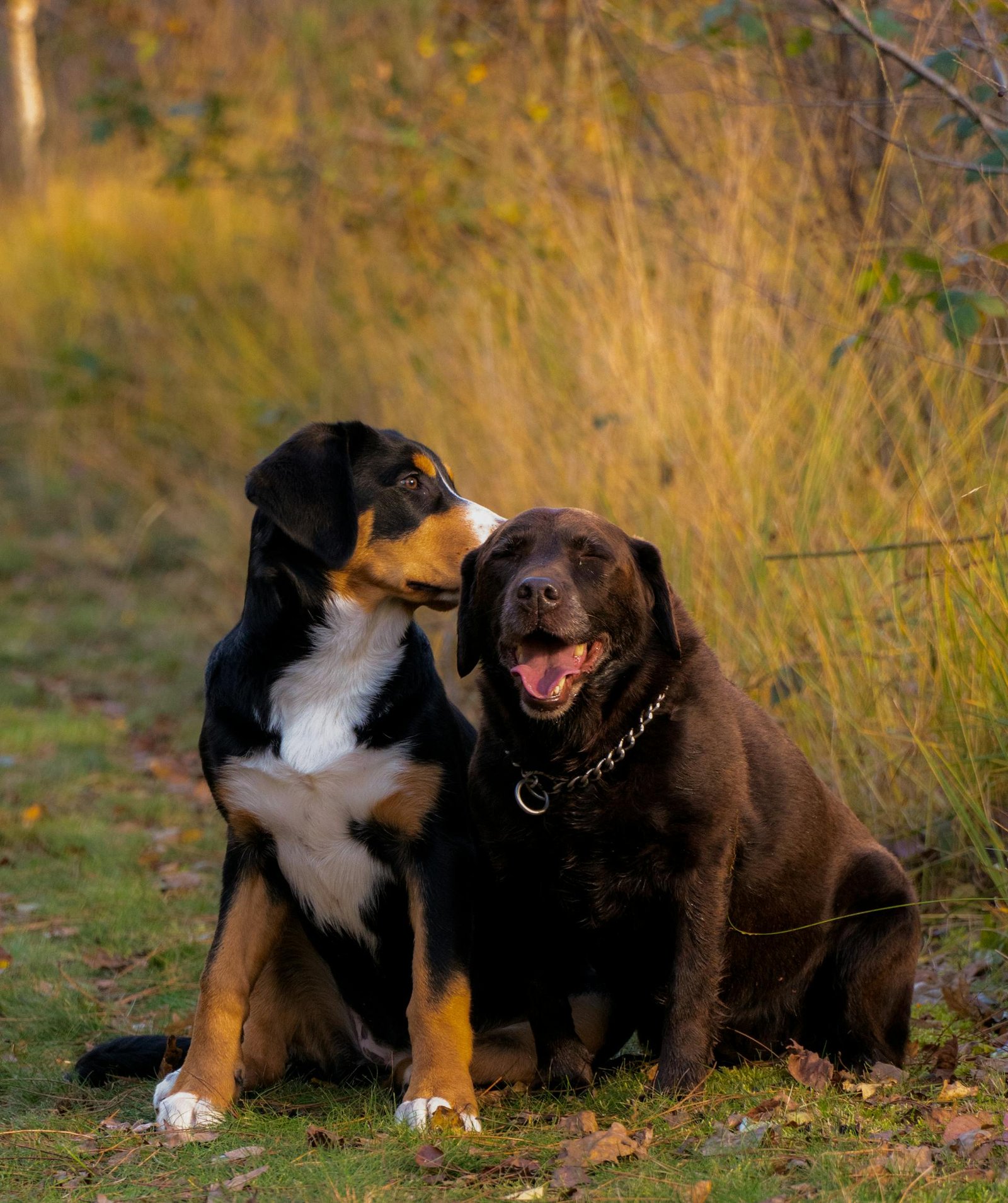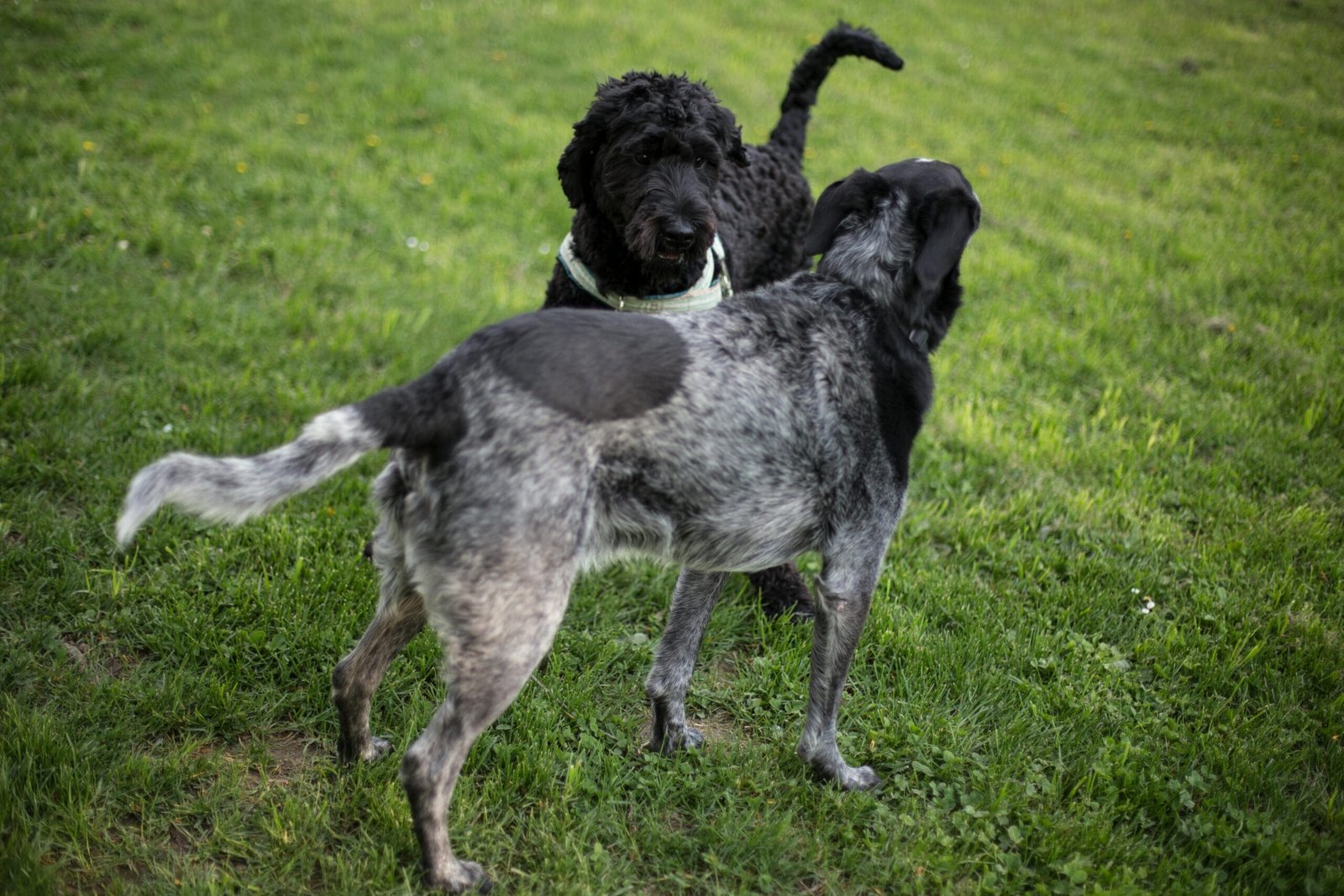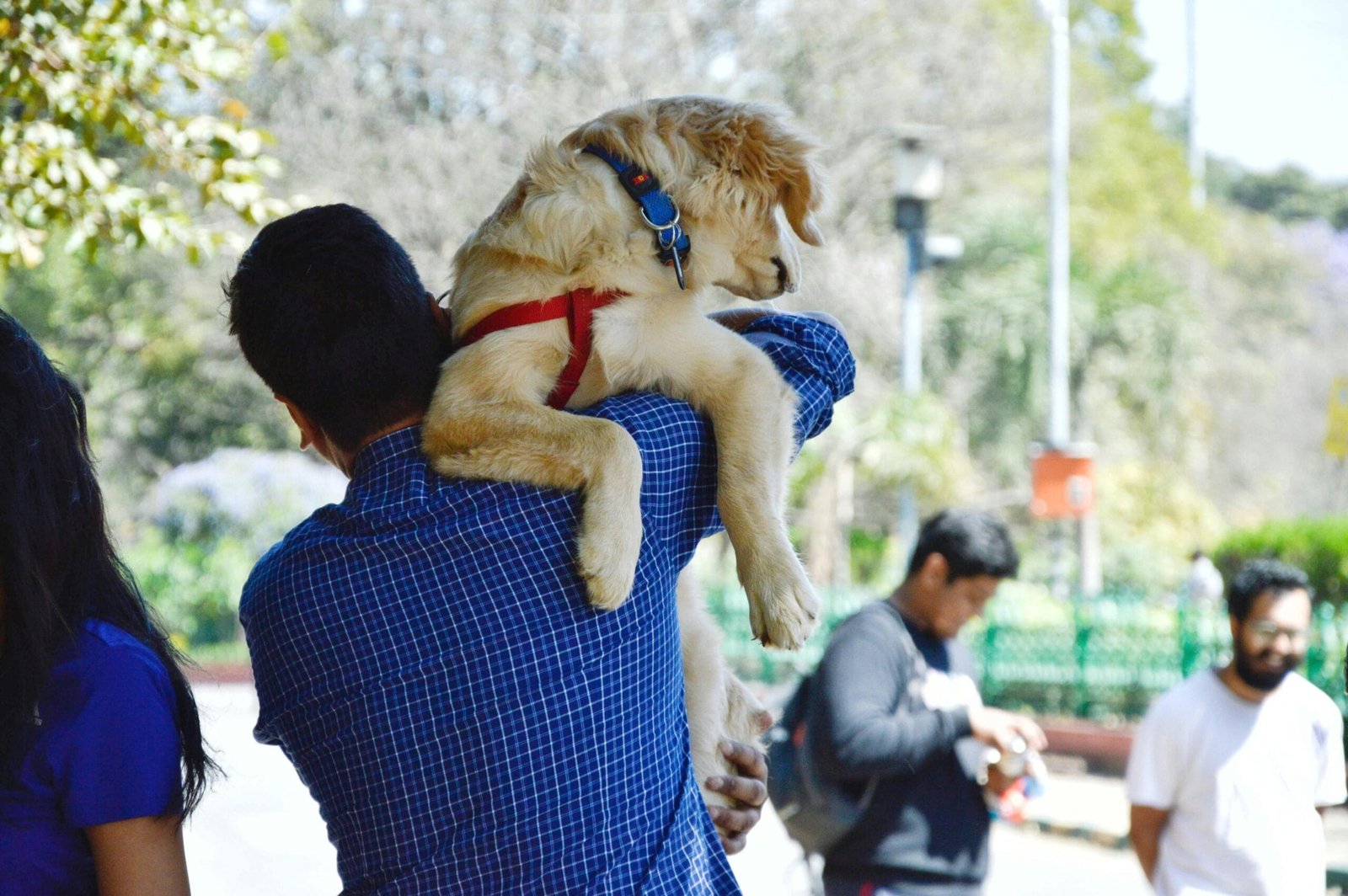How to Socialize Dog with Other Pets: A Comprehensive Guide
Introduction
Introducing a new pet into your home, especially a dog, can be a rewarding yet challenging experience. One of the most important aspects of raising a well-rounded dog is ensuring that they are properly socialized with other pets. Whether you’re introducing your dog to a new cat, another dog, or even smaller animals, proper socialization ensures a peaceful and happy multi-pet household.
In this guide, we will explore how to socialize your dog with other pets in a safe and effective way.
Why Socializing Your Dog is Important
Socializing your dog with other pets is not just about preventing fights or aggressive behavior—it’s about helping your dog lead a mentally stimulating and emotionally balanced life. When dogs are socialized early, they learn how to interact positively with other animals, reducing stress and anxiety in multi-pet environments.
A well-socialized dog is less likely to display problematic behaviors such as barking, growling, or chasing smaller pets. Additionally, dogs that are comfortable around other pets tend to exhibit more positive behavior at home and in public spaces.
It’s essential to remember that socialization is a gradual process that requires time, patience, and persistence. When done correctly, socializing your dog with other pets creates harmony in the home.
Preparing for the Introduction
Before you start introducing your dog to other pets, you need to take some preparatory steps. Knowing your dog’s temperament and training level is crucial for ensuring a successful introduction.
1. Assess Your Dog’s Temperament:
Some dogs are naturally more social, while others may be fearful or aggressive toward other animals. It’s important to know your dog’s personality and be realistic about how quickly they may adapt to other pets.
2. Basic Obedience Training:
Ensure your dog has a solid grasp of basic commands like “sit,” “stay,” and “come.” This gives you greater control during introductions and prevents unwanted behaviors like jumping or chasing.
3. Prepare Your Home:
Ensure that each pet has their own space and belongings. For example, provide separate beds, food bowls, and toys to minimize territorial behavior. You should also create safe spaces for smaller pets, such as cages or enclosures for hamsters, rabbits, or birds.
By following these initial steps, you’ll set the stage for a more controlled and peaceful introduction.
Step-by-Step Guide to socialize a Dog with Other Pets
Introducing a dog to another pet—whether it’s a cat, another dog, or a small animal—should be done slowly and cautiously. To assist you with the procedure, below is a detailed guide:
1. Initial Separation
For the first few days, keep your dog and other pets separate. Use a baby gate or place your dog in a different room. This allows the pets to adjust to each other’s presence without any direct contact. Let them sniff each other’s belongings, such as bedding or toys, to start familiarizing themselves with the new scent.
2. Scent Familiarization
Dogs mostly rely on their sense of smell to perceive their surroundings. Allow your dog to sniff the areas where your other pets have been and vice versa. This way, they can start getting accustomed to each other’s scent before meeting face-to-face.
3. Controlled Visual Introduction
After a few days of scent familiarization, let the pets see each other from a distance. Keep your dog on a leash and make sure there’s a barrier, like a baby gate, between them. Watch their reactions closely. If either pet appears stressed or fearful, take a step back and allow more time for scent familiarization.
4. Gradual Physical Introduction
Once both pets seem comfortable with seeing each other from a distance, it’s time for a face-to-face introduction. Choose a neutral location like a backyard or a large room where neither pet feels territorial. Keep your dog on a leash, and let the pets approach each other slowly. Reward calm behavior with treats and praise, and end the session if either pet shows signs of aggression or anxiety.
Common Challenges and How to Overcome Them
When introducing pets, challenges may arise. Being aware of potential issues can help you address them more effectively.
Aggressive Behavior
If your dog becomes aggressive, such as growling or lunging, it’s important to remain calm. Remove your dog from the situation and give them time to calm down. Gradually reintroduce them to the other pet after they have had a chance to reset.
Fear or Anxiety
If your dog or other pet shows fear, don’t force interaction. Give both animals space and time to become more comfortable. You can also use positive reinforcement to encourage calm behavior during future interactions.
Territorial Issues
Dogs can be territorial, especially if they feel threatened by a new pet in their space. To minimize territorial issues, ensure that each pet has their own food bowls, beds, and toys. Keep shared spaces neutral during introductions.
Tips for Socializing Dogs with Different Types of Pets
The process of socializing your dog varies depending on the type of pet you’re introducing. Here are specific tips for different kinds of animals:
Socializing Dogs with Cats
- Start with scent swapping and let them get used to each other’s smells.
- When introducing them visually, use a leash for your dog and allow the cat to move freely.
- Gradually reduce the distance between them, rewarding calm behavior throughout the process.
Socializing Dogs with Small Pets (Rabbits, Hamsters, Birds)
- Keep your dog on a leash and small pets in their enclosures during the first meetings.
- Always supervise interactions to prevent chasing or predatory behavior.
- Make sure small pets have secure and safe spaces where they can retreat.
Socializing Dogs with Other Dogs
- Introduce dogs in neutral territory to avoid territorial disputes.
- Monitor their body language for signs of aggression or discomfort.
- Encourage play but be prepared to step in if things get too rough.
Maintaining a Peaceful Multi-Pet Household
Once your pets have been introduced, maintaining peace and harmony is an ongoing process. Regularly supervise interactions, especially during the initial stages of cohabitation. Make sure all pets have their own space to retreat to when they need quiet time.
Reward positive behavior and provide ample mental and physical stimulation for your dog to prevent boredom and unwanted behavior.
When to Seek Professional Help
If you find that your dog is not adjusting well to other pets despite your best efforts, it may be time to seek professional help. A dog trainer or behaviorist can provide personalized strategies to help your dog become more comfortable around other pets.
Additionally, if you notice extreme aggression, fear, or anxiety in any of your pets, professional intervention may be necessary for safety reasons.
Conclusion
Socializing your dog with other pets requires patience, consistency, and careful planning. By following the steps outlined in this guide, you can ensure a smoother introduction and create a harmonious multi-pet household. Remember to take things slowly and seek professional help if needed. With time and effort, your pets can learn to coexist peacefully and even become the best of friends
Reference







